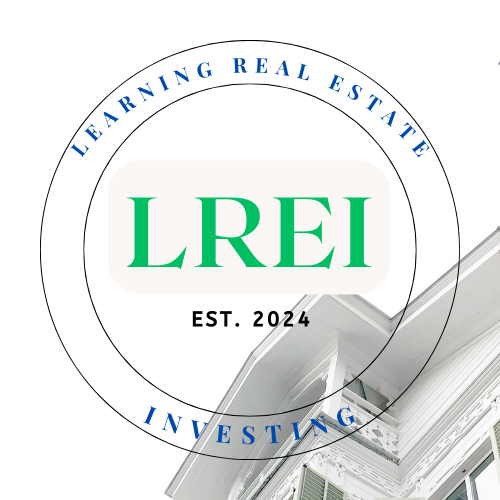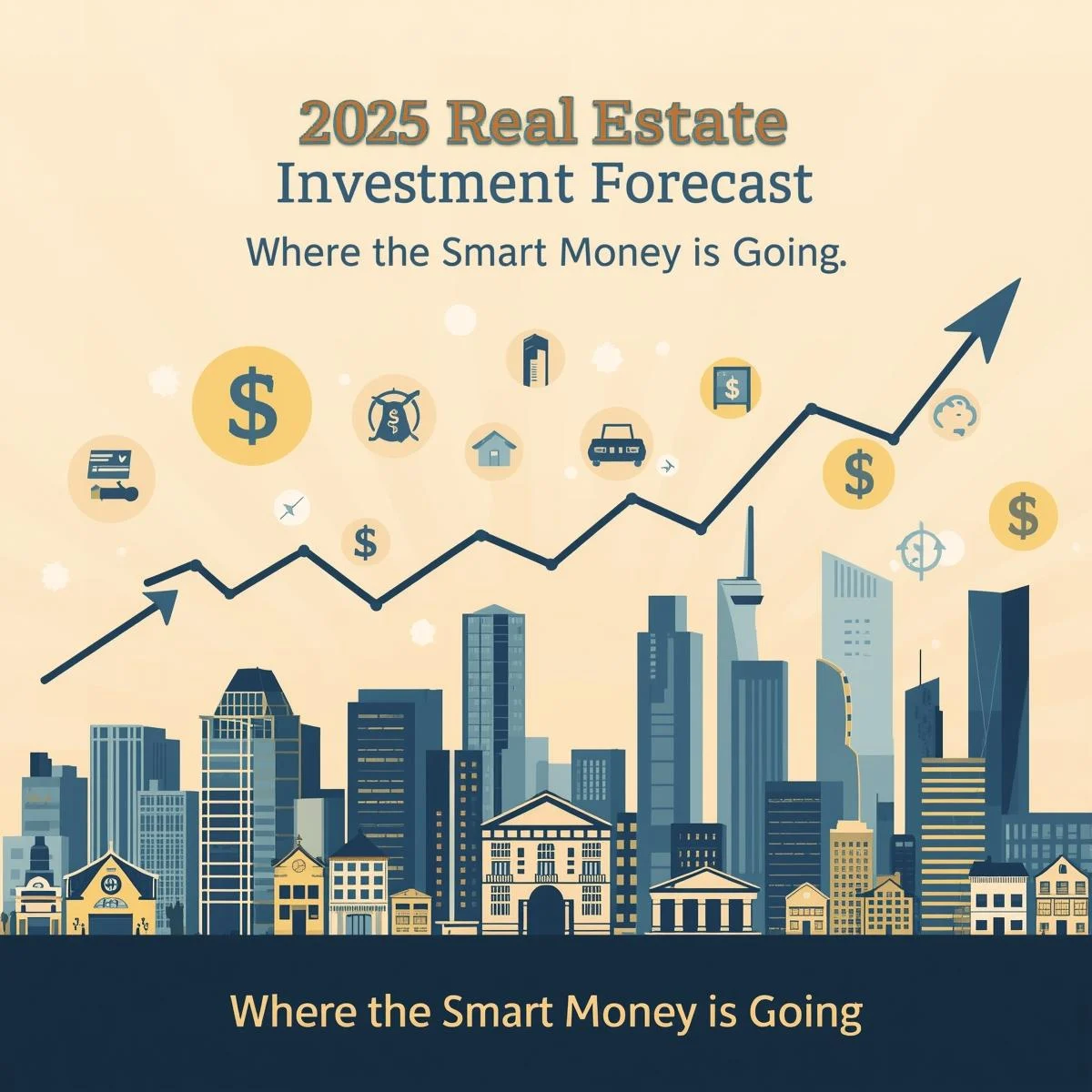2025 Real Estate Investment Forecast: Where the Smart Money Is Going
Every investor wants to know what’s next. Will 2025 favor buyers, sellers, or both? The truth is, it depends where and how you invest. Real estate is never just one market—it’s hundreds of micro-markets moving at different speeds.
To understand where the smart money is flowing in 2025, we need to break down the key forces driving the housing sector: interest rates, supply and demand, migration trends, and investor sentiment. Once you understand these, you can position yourself for maximum return while other investors chase headlines.
Interest Rates and Financing
Interest rates have been the elephant in the room for the past two years. After a rapid series of hikes, mortgage rates are expected to stabilize in the 5–6% range for most conventional loans in 2025.
While that’s still higher than the ultra-low 3% rates investors enjoyed in the late 2010s, stability brings predictability. Investors can finally underwrite deals with more confidence, knowing that rates aren’t likely to spike overnight.
Key Financing Strategies for 2025
- Rate Buydowns: Paying upfront points to reduce your long-term interest rate.
- Creative Financing: Seller financing, lease options, and subject-to mortgages are becoming increasingly popular.
- Refinance Opportunities: Investors who bought properties at higher rates in 2023–24 will look to refinance into lower, stabilized rates in late 2025.
👉 For a detailed breakdown of creative financing strategies, download my free ebook at LearningRealEstateInvesting.com.
Housing Inventory
Inventory remains the number one challenge in today’s housing market. Even with builders ramping up construction, demand continues to outpace supply, particularly in affordable and mid-tier housing segments.
What’s Driving Inventory Shortages?
- Entry-Level Homes: Millennials and Gen Z buyers are entering the market, creating massive demand for starter homes.
- Rental Housing: Rising mortgage costs are pushing more families to rent instead of buy, increasing rental demand.
- New Construction: Builders are focusing on higher-end properties because profit margins are better, leaving a gap in affordable housing supply.
For investors, this means well-priced properties won’t sit long. Cash buyers, wholesalers, and flippers with access to private money will continue to dominate in competitive markets.
Migration and Remote Work
Migration continues to shape the market in surprising ways. Sunbelt states like Texas, Florida, Arizona, and North Carolina remain magnets for families seeking affordability and lifestyle upgrades.
At the same time, mid-size metros—places like Columbus, Indianapolis, and Kansas City—are attracting investors thanks to strong job growth, lower costs of living, and rising demand for rentals.
Remote Work’s Lasting Influence
Remote and hybrid work haven’t disappeared. Buyers increasingly prioritize:
- Space for home offices
- Affordable housing outside city cores
- Quality-of-life factors like schools, parks, and walkability
Investors who follow migration data—not headlines—will have the edge.
Expert Opinions
The expert consensus is split:
- Mainstream Analysts: Predict steady, modest growth in most markets, supported by strong employment and stable rates.
- Contrarians: Argue that overheated markets like Austin, Boise, and Phoenix may face corrections as affordability weakens.
The truth likely lies somewhere in between. Real estate is local. Some markets will cool, others will thrive. That’s why the smart money isn’t chasing national averages—it’s analyzing zip codes.
Emerging Trends to Watch in 2025
- Institutional Pullback: Wall Street investors are slowing down, creating more room for small and mid-size players.
- Technology: AI-powered valuation tools, blockchain contracts, and VR tours are transforming how investors buy and sell.
- Sustainability: Green homes and energy-efficient rentals are commanding premiums with eco-conscious buyers.
- Short-Term Rentals: While regulations are tightening, properly managed STRs in tourist hubs remain highly profitable.
Action Steps for Investors in 2025
Here’s how to position yourself to thrive this year:
- Lock in financing now before rates climb again. Stability is an opportunity, but banks may tighten lending.
- Target secondary markets with growth potential—where demand is strong but prices haven’t peaked.
- Diversify strategies: Mix long-term rentals with flips, BRRRR, or small multifamily for balanced cash flow.
- Focus on cash flow: Appreciation is a bonus, but rental demand pays the bills.
- Stay liquid: With tighter competition, cash or fast financing gives you the edge in bidding wars.
For more actionable strategies tailored for 2025, grab my free ebook at LearningRealEstateInvesting.com.
Conclusion
2025 won’t be a year of “easy money,” but that doesn’t mean opportunity is gone. The investors who will thrive are those who:
- Study forecasts and data, not just headlines
- Watch migration patterns and affordability metrics
- Stay disciplined with financing and deal analysis
- Adjust tactics for both buyer’s and seller’s markets
The real estate market is cyclical, but wealth is built by those who adapt—not those who wait on the sidelines.
Free Resource: If you’re ready to sharpen your investing edge, download my free guide at LearningRealEstateInvesting.com. Inside, you’ll get checklists, deal calculators, and market insights to apply immediately to your next investment.


Leave a Reply